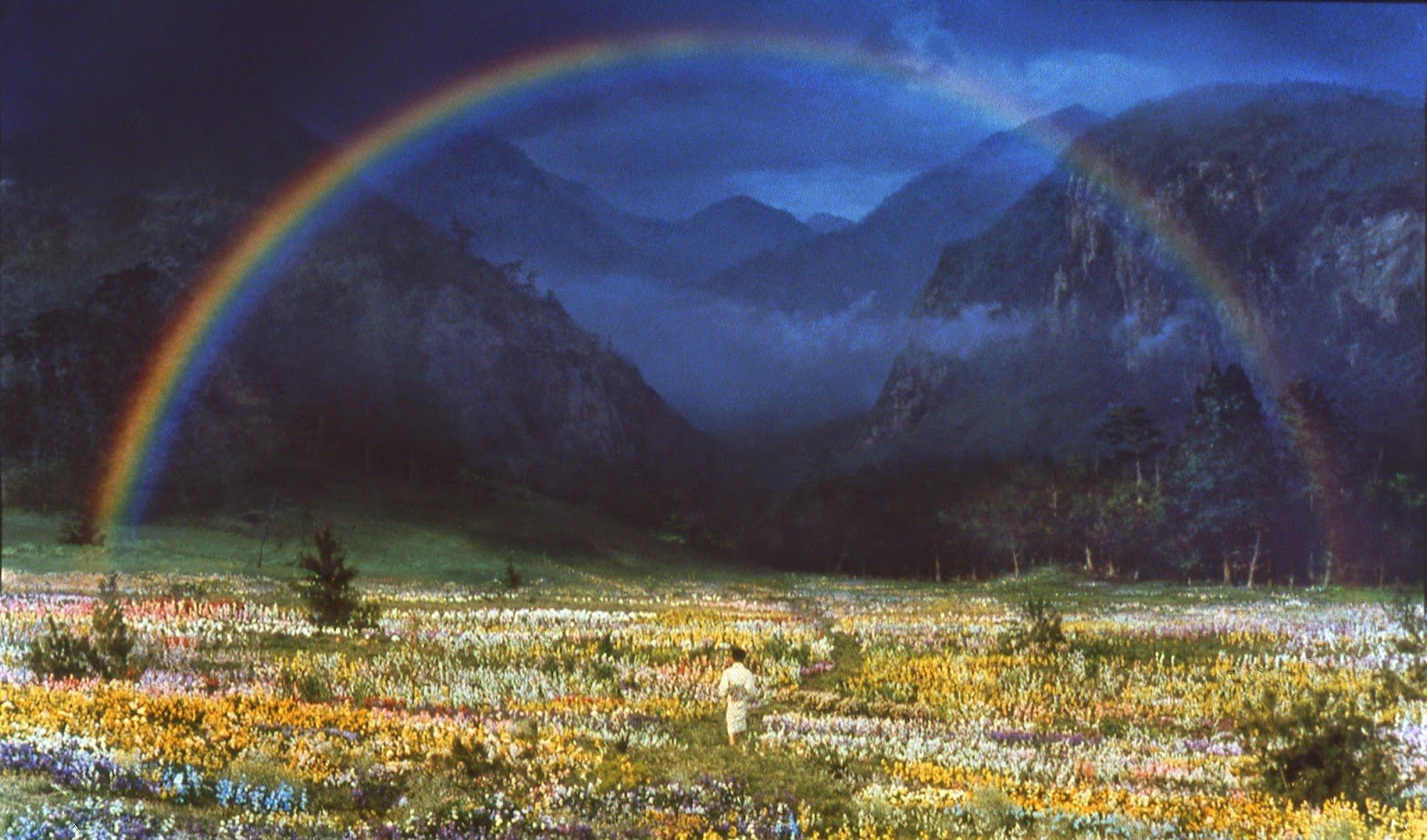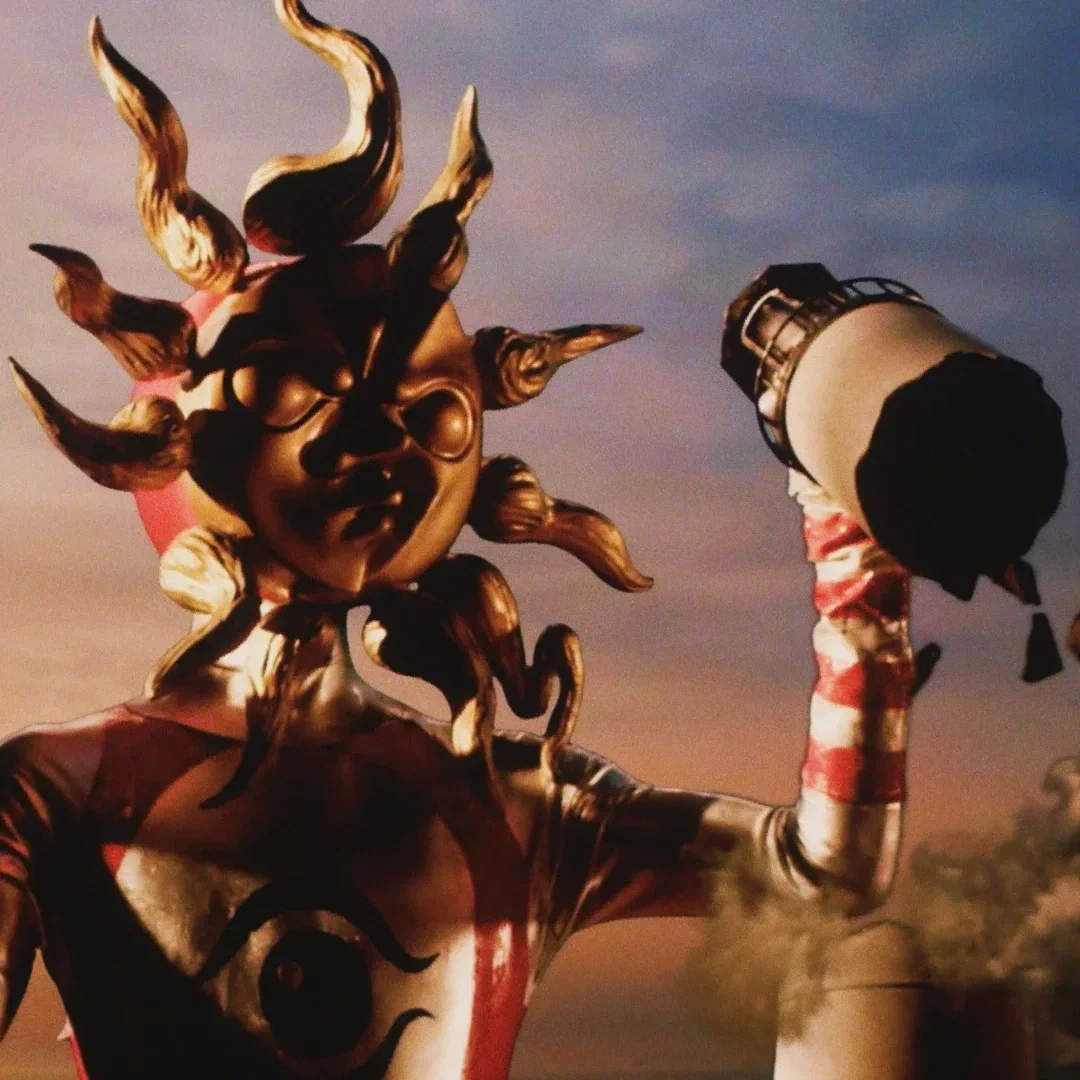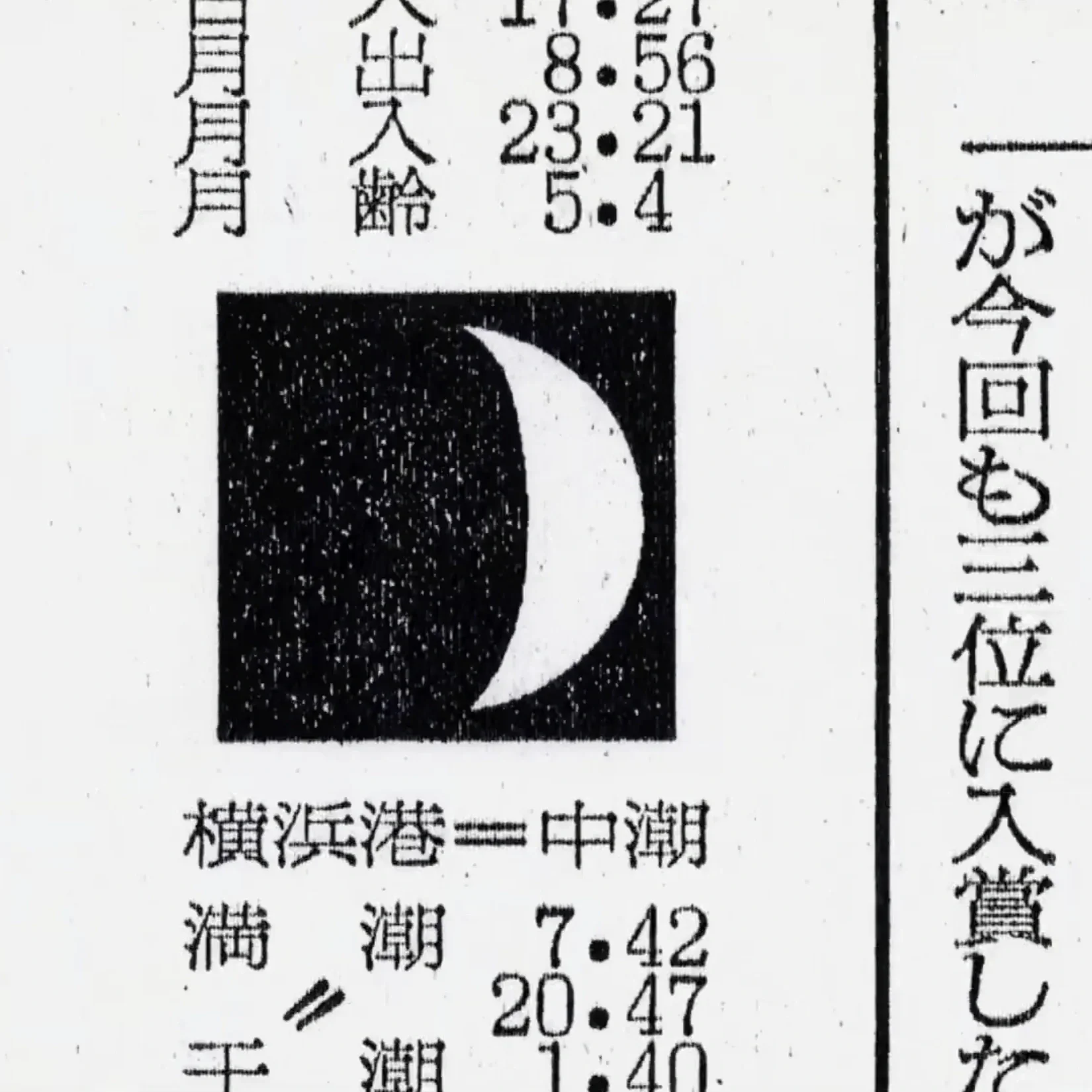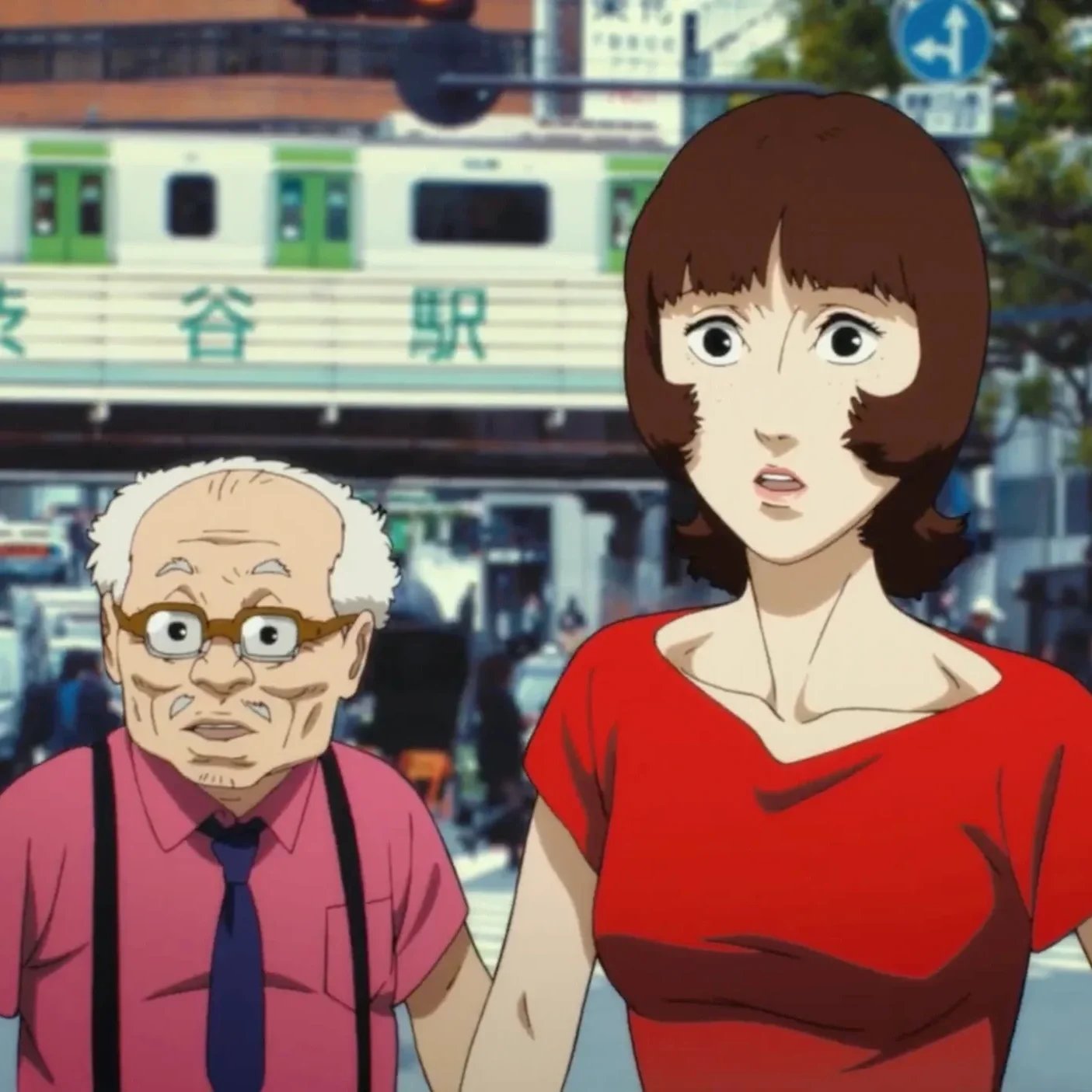Dreams - A Trip Through the Visions of Akira Kurosawa
Dreams│© Akira Kurosawa and Warner Bros.
Akira Kurosawa’s Dreams (1990) is a deeply personal and introspective work that offers a rare glimpse into the mind of one of cinema’s most celebrated filmmakers. Comprising eight distinct chapters, each representing a dream from different phases of life, the film blurs the boundaries between reality and imagination. Dreams operates as both an anthology of surreal experiences and a reflection on Kurosawa’s own values, concerns, and existential reflections.
At 80 years old, Kurosawa created Dreams as a culmination of his lifelong concerns and artistic obsessions. By the time he made this film, he had already established himself as one of the greatest directors in world cinema, known for classics like Rashomon (1950), Seven Samurai (1954), and Ran (1985). While many of his films contained strong political, social, and philosophical undercurrents, Dreams is his most intimate and autobiographical work.
Arranged as a series of episodic dreams, each segment embodies a phase of life, taking place in alternate universes, exploring themes of different human concerns. These fragments range from innocent childhood fantasies to harrowing apocalyptic visions, encapsulating a poetic journey through a variety of states of mind. It is a collection of dream sequences—some based on his actual dreams—giving it a sense of unrestrained personal expression rarely seen in his more structured narrative films.
Dreams│© Akira Kurosawa and Warner Bros.
The Eight Dreams of Kurosawa
1. Sunshine Through the Rain
The film’s opening segment, Sunshine Through the Rain, takes you into a world where nature, tradition, and innocence converge. A young boy defies his mother’s warnings about venturing into the forest during a sun shower—a time believed to herald foxes’ weddings. Witnessing a mystical procession of fox spirits, the boy is later told by his mother that he must seek the foxes’ forgiveness or face death. What follows is his journey through the forest in search of absolution, reflecting on innocence lost and the consequences of his disobedience. Kurosawa’s painterly visuals and the segment’s ethereal beauty underscore the theme of humanity’s complex relationship with nature, presenting the spiritual world as both intriguing and perilous.
2. The Peach Orchard
In The Peach Orchard, a young boy learns that the spirits of peach trees his family has destroyed are angry with him. These spirits, appearing in traditional Noh costumes, accuse the boy of complicity. His genuine sorrow and reverence earn their forgiveness, leading to a restoration of the orchard’s beauty. What follows is a symetric dance by the colourful spirits, highlighting Kurosawa’s mastery of color and composition.
Dreams│© Akira Kurosawa and Warner Bros.
3. The Blizzard
The chilling The Blizzard portrays a harrowing struggle against nature’s indifference. A group of mountaineers, led by a stoic figure, battles through a brutal snowstorm. The leader encounters a Yuki-onna, or snow woman, who lures him into a paralyzing slumber. His ultimate resistance and his ability to rally his comrades underscore the tension between human will and nature’s remorseless forces. The minimalist sound design and white palette enhance the segment’s existential threat, reflecting the internal and external struggles against despair.
4. The Tunnel
Transitioning to the somber themes of war and guilt, The Tunnel follows a Japanese officer haunted by the ghosts of soldiers who perished under his command. Emerging from a dark, oppressive tunnel, these spirits are trapped in limbo, their presence symbolizing the inescapable weight of wartime guilt. A restrained, dark color scheme and the officer’s emotional confrontation with his past underscore the psychological scars left by war and survivor’s guilt.
5. Crows
The Crows segment stands as an homage to Vincent van Gogh. The protagonist finds himself within the swirling landscapes of Van Gogh’s paintings, ultimately encountering the painter himself, portrayed by Martin Scorsese. This dreamlike immersion into Van Gogh’s world explores the intersection of art and reality, reflecting Kurosawa’s admiration for the Dutch painter’s ability to capture nature’s fleeting beauty.
Dreams│© Akira Kurosawa and Warner Bros.
6. Mount Fuji in Red
In Mount Fuji in Red, Kurosawa confronts the terrifying potential of nuclear disaster. The eruption of Mount Fuji and the ensuing chaos—marked by radioactive clouds and panic—serve as a stark critique of technological arrogance and environmental destruction. The segment’s fiery palette and apocalyptic imagery critique humanity’s reckless pursuit of progress, resonating with Japan’s historical trauma from nuclear devastation.
7. The Weeping Demon
The Weeping Demon presents a dystopian vision of a world ravaged by nuclear holocaust. The protagonist encounters a mutant demon, who describes the eternal suffering of the survivors. This segment starkly contrasts earlier, more hopeful visions, illustrating the irreversible consequences of human greed and folly. The grotesque mutations and barren landscapes paint a grim picture of humanity’s potential downfall.
8. Village of the Watermills
In a serene conclusion, Village of the Watermills depicts a pastoral utopia where traditional simplicity and ecological harmony prevail. The protagonist encounters a village where modern technology is eschewed in favor of a life attuned to nature’s rhythms. This final segment offers a hopeful vision of redemption, advocating for a return to a simpler, more respectful relationship with the environment. The tranquil visuals and gentle music create a stark contrast to the film’s earlier apocalyptic visions, presenting an idealized path forward through ecological balance and spiritual contentment.
Dreams│© Akira Kurosawa and Warner Bros.
Humanity’s Relationship with Nature
In the intricate fabric of Dreams, one of the most resonant themes is humanity’s dance with the natural world—an affair marked by both profound connection and isolation. Kurosawa’s cinematic journey navigates this relationship, beginning with the innocent admiration of nature in Sunshine Through the Rain and The Peach Orchard, and advancing to a stark portrayal of ecological tragedy in Mount Fuji in Red and The Weeping Demon. The progression from these early dreams, where nature is at once enchanting and unpredictable, to later visions filled with environmental ruin, mirrors humanity’s shifting attitude toward the Earth.
As the narrative unfolds, Kurosawa critiques the widening gap between modernity and the natural world, illustrated through nightmarish scenes of ecological collapse. The final dream, Village of the Watermills, emerges as a call-to-action for reconciliation—a vision where peace might be found if humanity forsakes the perils of industrialization and seeks to reconnect with the Earth.
Kurosawa’s portrayal of nature is a reflection of his enduring environmental concerns, as seen in earlier works like Dersu Uzala (1975). His depiction of nature as both beautiful and treacherous underscores a crucial principle: humanity’s survival hinges on a harmonious and respectful relation with the environment. The fox spirits and tree spirits in the film’s initial segments remind us that nature harbors a spiritual essence, demanding respect. On the other hand, the ecological catastrophes in later segments serve as a stark warning of the consequences of neglecting this relationship.
Dreams│© Akira Kurosawa and Warner Bros.
The Immortality of Art
The segment Crows stands apart for its explicit engagement with the nature of artistic creation. When the protagonist encounter Vincent van Gogh, it defies the limits of time, offering a glimpse into a realm where art immortalizes the ephemeral beauty of life. Kurosawa, a painter in his own right, presents van Gogh as a soul driven by the compulsion to capture and preserve nature’s fleeting beauty. This fixation on the temporary, and the quest to honor it through art resonates with the film’s broader meditations on mortality.
Kurosawa intricately weaves artistic vision with the film’s spiritual themes. Just as van Gogh sought to eternalize nature through his canvases, Dreams itself emerges as Kurosawa’s artistic legacy—a collection of visual poems imbued with his deepest concerns and aspirations. Through painterly compositions, vivid tones, and an awe-inspiring attention to detail, the film functions not merely as a cinematic endeavor but as a work of art in its own right
War, Guilt, and Mortality
War and its lingering shadows cast a somber hue over Dreams, particularly in the heart-wrenching segment The Tunnel. Here, the scars of war manifest not just in physical landscapes but in the psychological terrain of its survivors. Kurosawa, bearing the indelible mark of World War II’s devastation, injects this segment with a touching sense of loss and enduring regret. The haunting encounter between the officer and the spirits of his fallen comrades portrays the relentless burden of survivor’s guilt. Rather than offering solace or resolution, the film exposes the moral complexity and emotional toll that war inflicts on both individuals and societies.
This theme of unresolved guilt dovetails with a broader meditation on mortality, explored throughout the film. Characters grapple with death’s reality—whether in the natural, unforgiving blizzards of The Blizzard or the apocalyptic aftermath depicted in the film’s more catastrophic moments. Kurosawa’s treatment of mortality, infused with a reflective melancholy, invites viewers to confront life’s transience. In the final segment, death is portrayed not as threat but as an intrinsic component of life’s continuum, suggesting that embracing death and fostering a harmonious relationship with nature may offer a path to serenity.
Dreams│© Akira Kurosawa and Warner Bros.
Dreams stands as a profound testament to Akira Kurosawa’s introspective journey through existential themes, articulated through the lens of his own dreams. By entwining elements of Japanese folklore, personal guilt, and environmentalism, Kurosawa creates a cinematic mosaic that transcends conventional storytelling. Each dreams offers a unique exploration of humanity’s complex relationship with nature, the enduring impact of war, and the quest for meaning through art.
The film’s progression from childhood innocence to stark apocalyptic visions illustrates Kurosawa’s evolving concerns about the natural world and human foolishness. His use of color, composition, and theatrical influences enhances the film’s poetic and dreamlike quality, inviting you to traverse the boundary between reality and imagination. Ultimately, in Village of the Watermills, Kurosawa provides a glimmer of hope, suggesting that redemption and harmony are attainable if humanity embraces a simpler, more respectful relationship with nature. As a culmination of his artistic career, Dreams not only reflects Kurosawa’s philosophical preoccupations but also offers a timeless meditation on universal human struggles and aspirations.
Kurosawa’s Dreams functions as a mirror. What we see in it depends on who we are, where we’ve been, and what we fear becoming.














Wim Wenders captures life’s intertwined moments of happiness and sadness.